HAVING started her career at a young age, Simple Kaul has been entertaining audiences around the world for nearly 20 years.
The talented actress has delivered winning performances in massively popular shows like Kkusum, Kutumb, Shararat, Ye Meri Life Hai, Jugni Chali Jalandhar, Taarak Mehta Ka Ooltah Chashmah, Jeannie Aur Juju, and so many more.
She slowed down in the last five years to run her successful restaurant business and made a winning return this year with Ziddi Dil Maane Na, which has pulled in audiences since it premiered on Sony SAB.
Eastern Eye caught up with one of the popular faces in Indian television to discuss her terrific journey, new show, secret of a great performance and hopes.
How do you look back on your wonderful acting journey?
The journey has been good fun. I've done many different characters and enjoyed each role that I have done except one or two, which I quit because they weren’t what I had expected. It's just that for the last four to five years I’ve not been acting much. I was managing my restaurants. So, when I look back it feels amazing and like I was never gone.
Which one of your characters is closest to your heart?
I think the character that I'm playing right now, Koyal (in Ziddi Dil Maane Na), is closest to me. We’ve many similarities and it's nice to be able to get such a wonderful character that you know you will be able to do justice to because you are that person in reality.
How does it compare to other characters you have portrayed?
The other characters I played were way long back and few of them were like me in real life, but the style of acting has also changed from how it was back then. They don't expect a lot of loud acting and reactions from you these days. Thank God! So, in that sense it's changed and more real now. The characters that I'm doing and the kind of roles that are being written now have become much better and more polished.

You have been very selective in the last five years. What did you like about
Ziddi Dil Maane Na?
It's a youthful show, not like the conventional ones. It’s about how when people decide to follow their heart, they succeed. Also, producers of the show are very good, so it makes our lives easier and happier. The set is close by, the storyline is good, and characters are interesting and real. The plot has pathos and emotions along with its fun moments.
How do you approach a new role?
I approach a new role with a lot of feeling, excitement, and a bit of fear. This character, Koyal, felt tailor-cut for me. There is a lot of funk and energy in the role. I am totally enjoying it and took no time to understand the part. Otherwise, it depends on what kind of role you are doing. Some characters need a lot of hard work, research, and a proper prep time.
What is it like working during a pandemic?
When the pandemic was at its worst, I did not work. I was only handling my restaurants. Right now, there is a sense of relief as it has eased. Everyone was looking forward to going back to their work. Thank God, for bringing our lives back.
Do you have a dream role or collaboration?
There are a lot of roles that I want to play. But I think my dream is to eventually get into OTT and do a strong character or lead there. As far as collaborations are concerned, I would love to work with a lot of good and talented directors, actors on the OTT platforms and films. When you work with different people on different platforms you learn a lot. There are many of them and it’s like a never-ending list.
What do you enjoy watching as an audience?
I enjoy watching good content, much like the audience and the genre can be anything. But yes, I do like real and romantic genres a little more.
What according to you is the secret of a good performance?
Good performance is a feeling. You have to feel the character, its emotions, and understand the nuances well. There's a lot of common sense and talent required. You also have to observe a lot of things. You might be lucky to get what you're good at or an exact character similar to you. But to do something that exactly you're not, a different dialect, is challenging. You have to research and prepare in advance. Learn your lines properly, look and behave naturally on screen.
What inspires you?
Good content inspires me. Seeing that the people are motivated towards their art and work motivates me to do more. People taking care of their families and their own good health and well-being inspires me. Good performances, good script, good director, and co-actors also enthuses me to do well.






 Priyanka Chopra calls herself nascent in Hollywood as 'Heads of State' streams on Prime VideoGetty Images
Priyanka Chopra calls herself nascent in Hollywood as 'Heads of State' streams on Prime VideoGetty Images 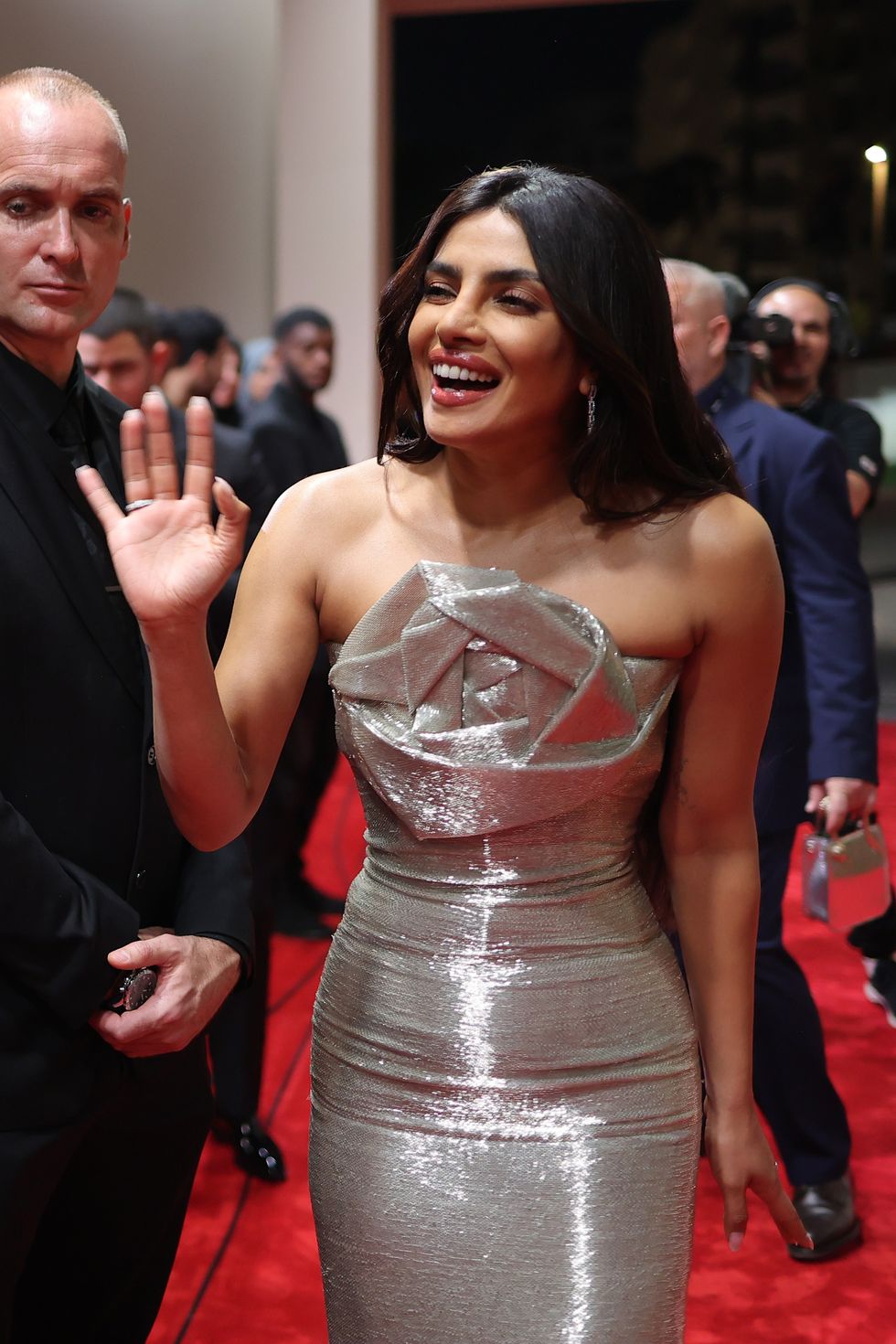 Priyanka Chopra wants to build her English film portfolio after Bollywood successGetty Images
Priyanka Chopra wants to build her English film portfolio after Bollywood successGetty Images  Ilya Naishuller, Priyanka Chopra and John Cena attend the special screening for "Head of State" Getty Images
Ilya Naishuller, Priyanka Chopra and John Cena attend the special screening for "Head of State" Getty Images








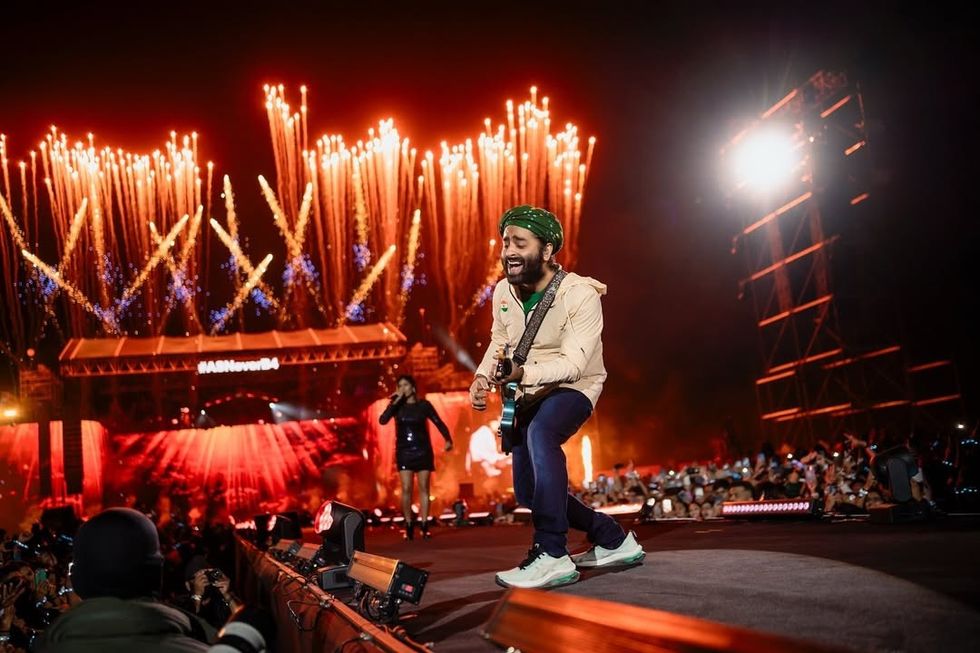 Arijit Singh performing Instagram/
Arijit Singh performing Instagram/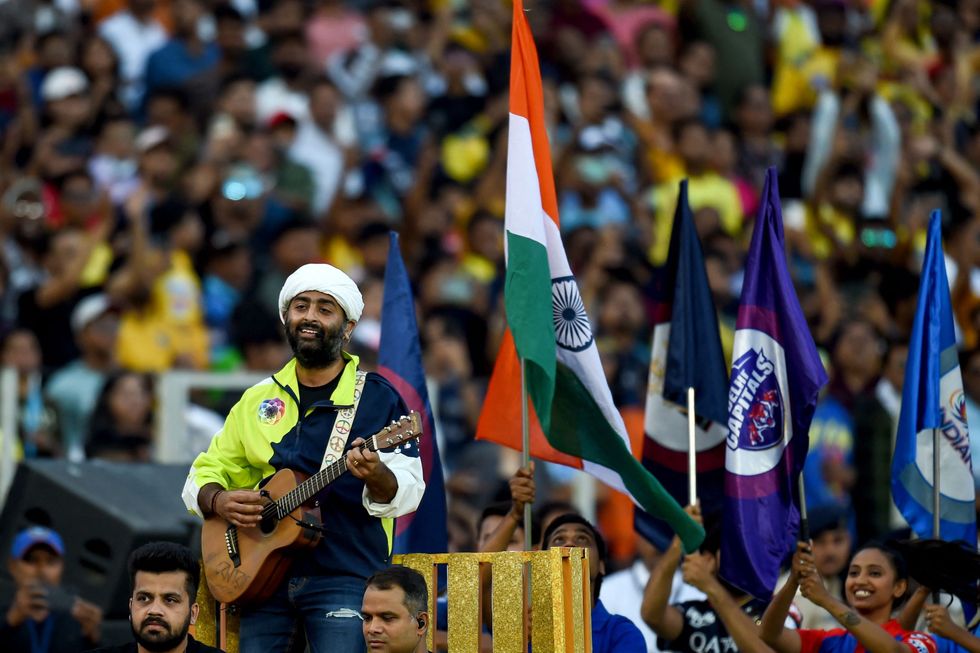 Arijit Singh clicked during a performance Getty Images
Arijit Singh clicked during a performance Getty Images 
 Liam Gallagher accepts Oasis' award for 'Best Album of 30 Years' Getty Images
Liam Gallagher accepts Oasis' award for 'Best Album of 30 Years' Getty Images  Liam Gallagher plays to a sell out crowd at the Universal AmphitheatreGetty Images
Liam Gallagher plays to a sell out crowd at the Universal AmphitheatreGetty Images Liam and Noel Gallagher perform together in Cardiff for the first time since 2009 Instagram/oasis
Liam and Noel Gallagher perform together in Cardiff for the first time since 2009 Instagram/oasis 
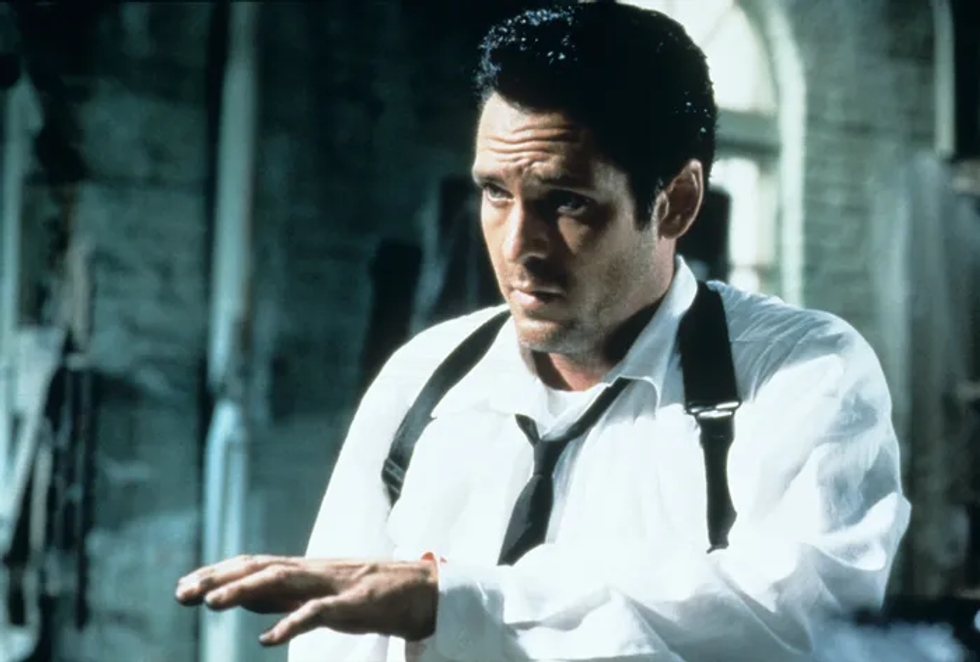 Reservoir Dogs
Reservoir Dogs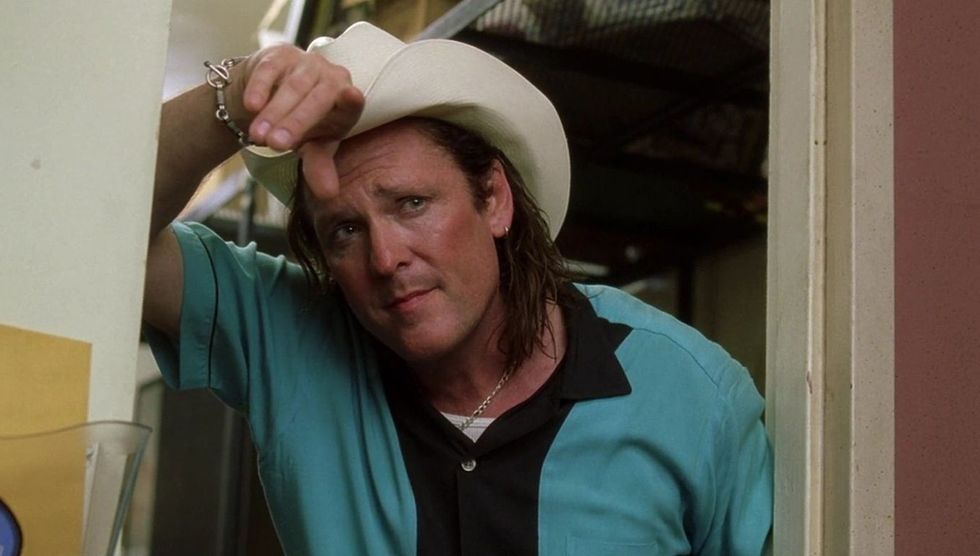 Michael Madsen as Budd aka SidewinderIMDB
Michael Madsen as Budd aka SidewinderIMDB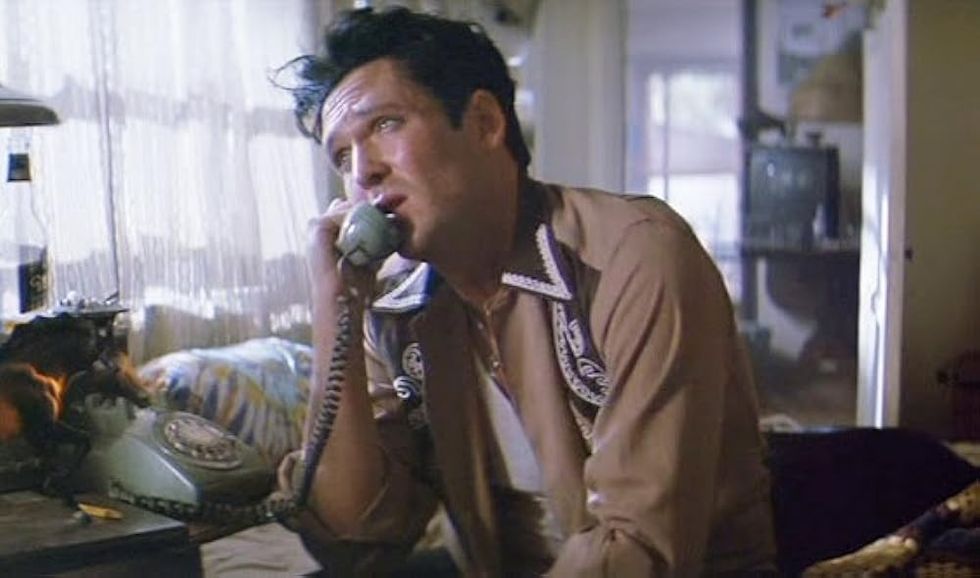 Thelma & LouiseIMDB
Thelma & LouiseIMDB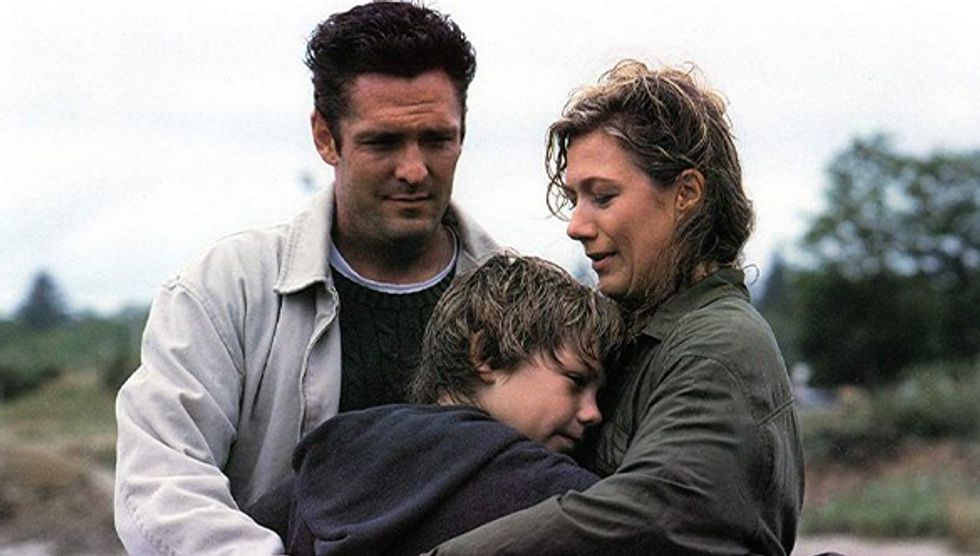 Free WillyIMDB
Free WillyIMDB 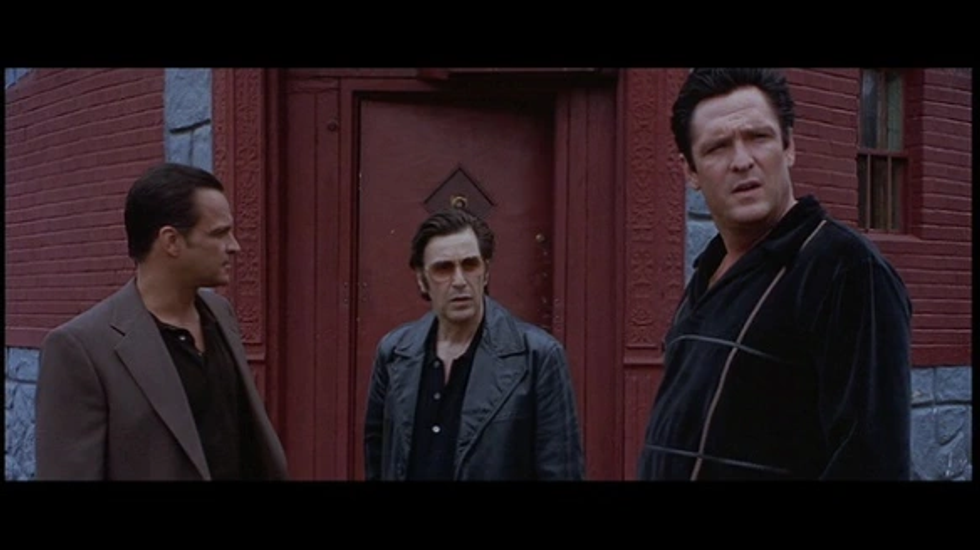 Donnie BrascoAlex on Film
Donnie BrascoAlex on Film  Sin CityIMDB
Sin CityIMDB 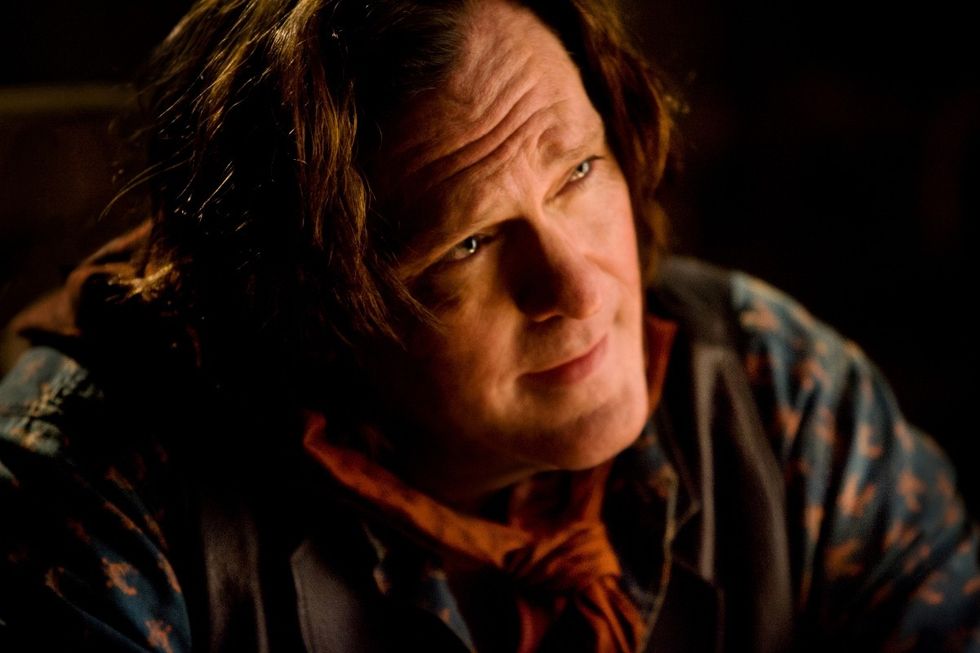 The Hateful Eight IMDB
The Hateful Eight IMDB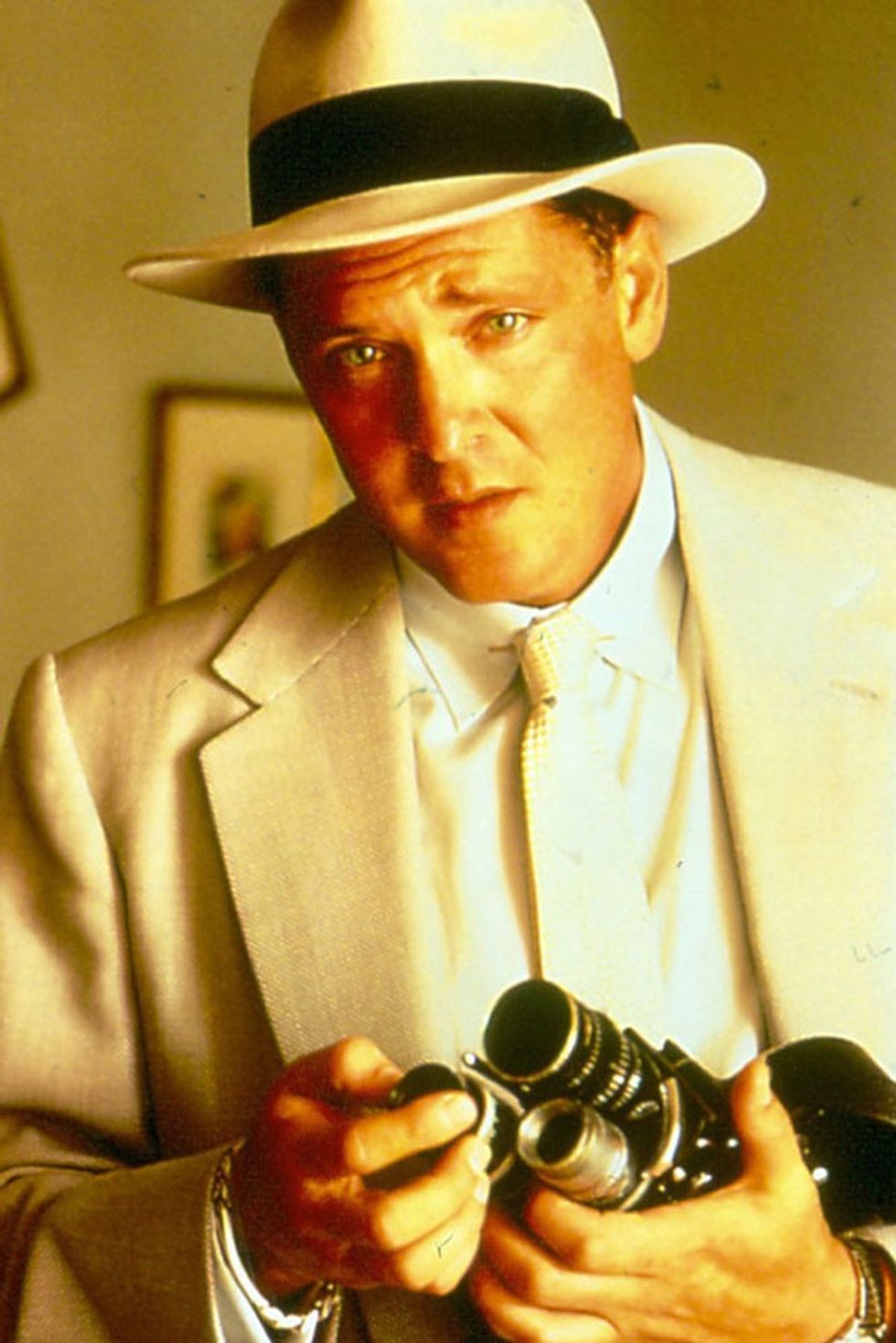 Mulholland FallsVirtual History
Mulholland FallsVirtual History 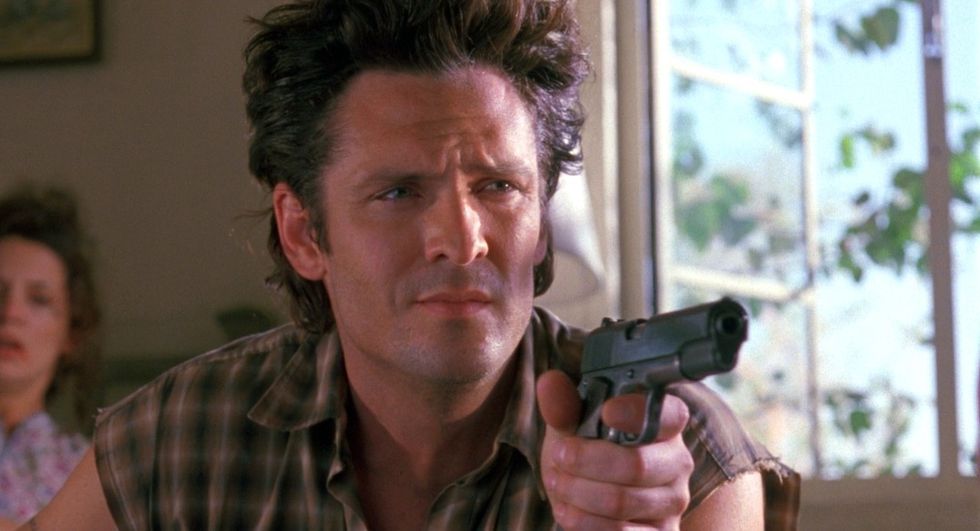 Kill Me Again
Kill Me Again 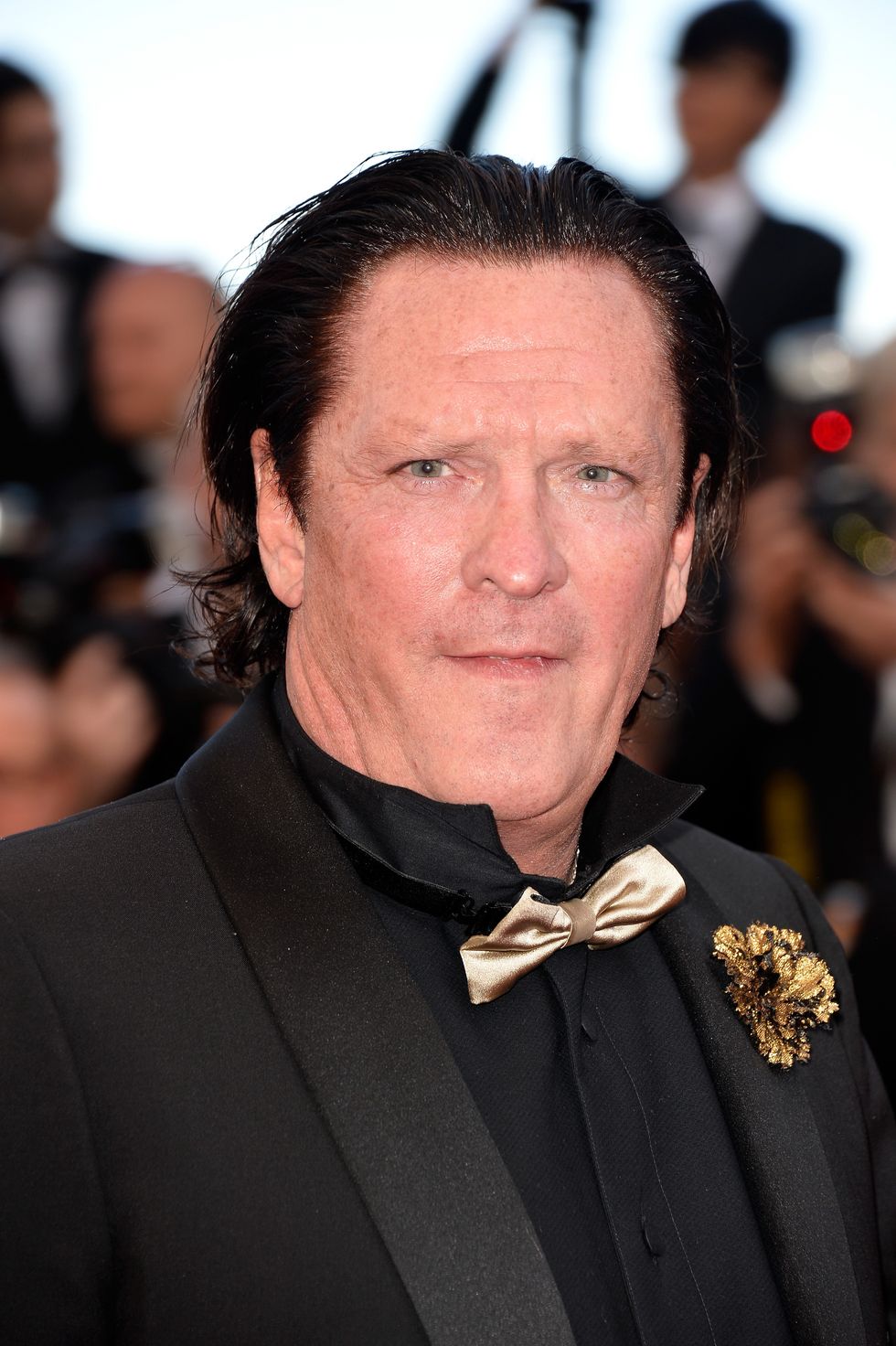 Michael Madsen attends the Closing Ceremony and Fistful of Dollars Screening Getty Images
Michael Madsen attends the Closing Ceremony and Fistful of Dollars Screening Getty Images 
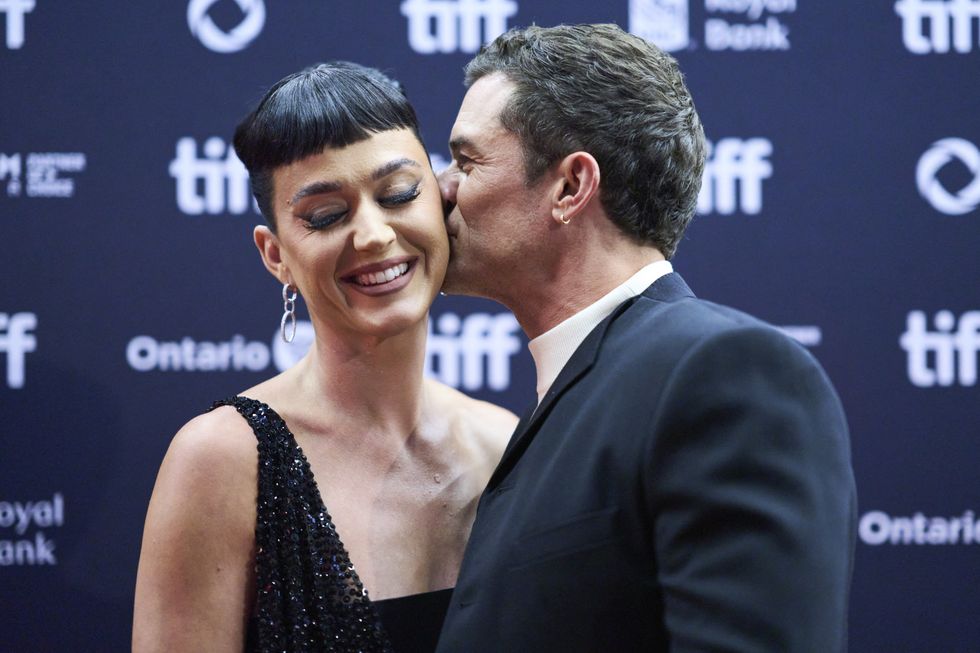 Katy Perry Orlando Bloom Choose Co Parenting Future After Nine YearsGetty Images
Katy Perry Orlando Bloom Choose Co Parenting Future After Nine YearsGetty Images  Katy Perry and Orlando Bloom focus on raising their daughter with love and respect Getty Images
Katy Perry and Orlando Bloom focus on raising their daughter with love and respect Getty Images 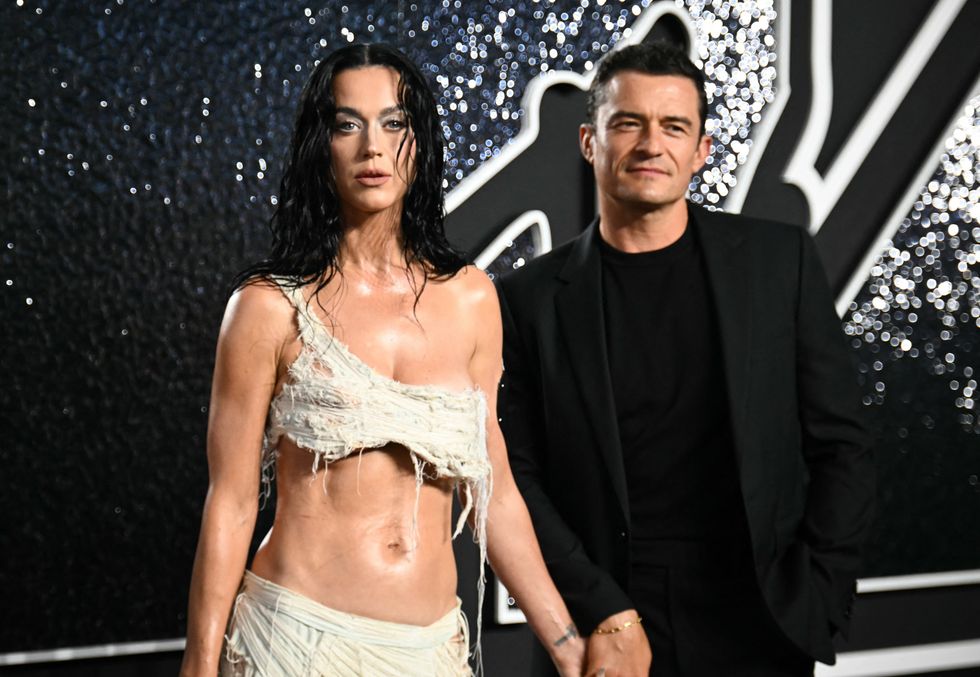 Katy Perry and Orlando Bloom end their long running romance and plan to raise their daughter together as a family
Katy Perry and Orlando Bloom end their long running romance and plan to raise their daughter together as a family